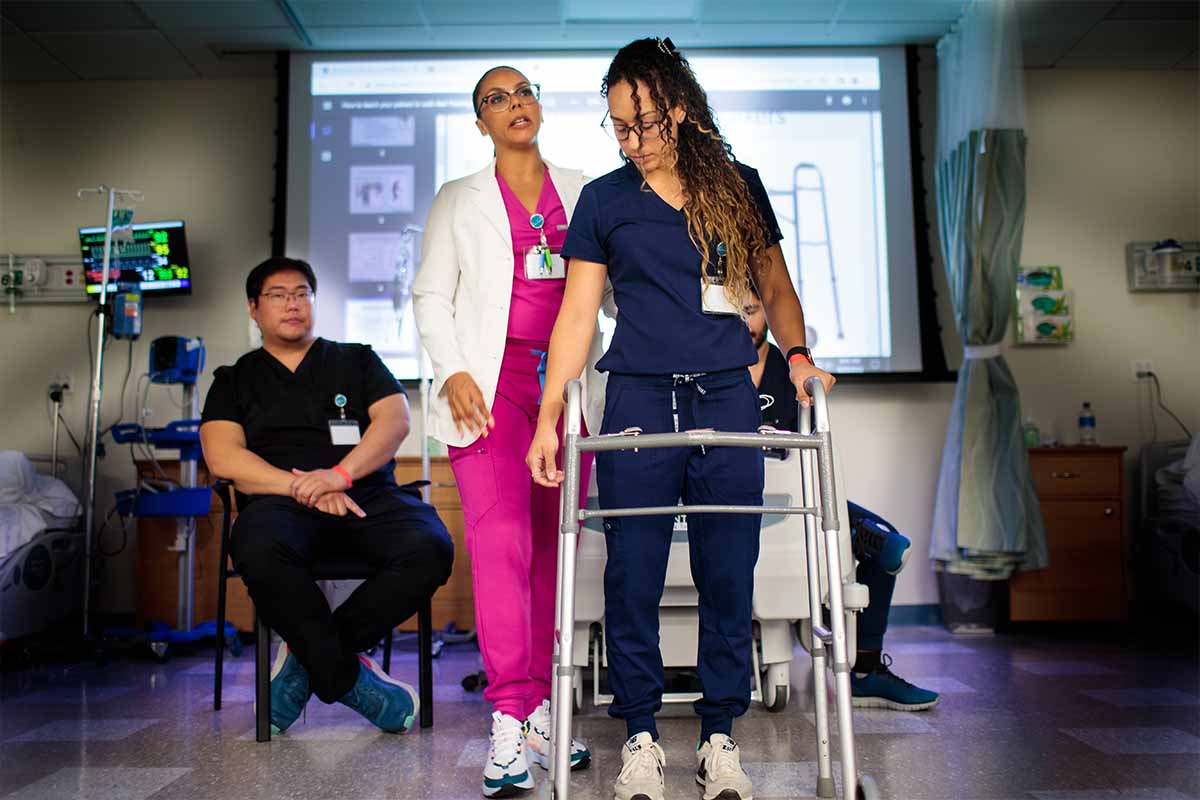 By Rick Bahr, BS, NREMT, founder, president, and CEO of WMI Global, LLC, which provides risk management, safety, emergency/sports medical, and rescue services to clients around the world, including Nitro Circus, Red Bull, and Union Cycliste Internationale. He is a contributing faculty member in the Master of Health Science with a specialization in Athletic Training program.
By Rick Bahr, BS, NREMT, founder, president, and CEO of WMI Global, LLC, which provides risk management, safety, emergency/sports medical, and rescue services to clients around the world, including Nitro Circus, Red Bull, and Union Cycliste Internationale. He is a contributing faculty member in the Master of Health Science with a specialization in Athletic Training program.
Athletic trainers must be ready for anything while working events and practices. The nature of what your clients do involves risk, whether they are on a school or professional team; in military, industrial, or performing arts settings; or in extreme sports, where I spend much of my time. The risk of sports injuries ranges from minor to catastrophic, and one of the most challenging domains of our job is providing immediate and emergency care.
Sports Injury Prevention
My company is known for working dangerous sporting and entertainment events where there is a high risk of catastrophic injury for athletes and entertainers. The performers and athletes are putting their lives on the line, so injury prevention is foremost in our minds. That mindset begins well before anyone straps on a helmet. The athletic trainers collaborate with event organizers early in the planning phases to maintain the inherent exciting components of the sport while reducing the risk for injuries and increasing survivability.
At Nitro Circus, for example, it looks to the audience like the freestyle motocross riders are performing their heart-stopping tricks using traditional ramps. They aren’t. The performers jump so high that their impact on a hard, traditional motorcycle ramp would cause their bikes and bodies to break apart. To soften their landing, the team of athletic trainers and performers experiment with safer ramp materials at practice facilities and strategically locate mats and airbags.
For sports like downhill skiing and snowboarding, the team athletic trainers spend most of their time on the ski course before the event starts. We consult on the structure of the ski course by considering the speed of the athletes, their trajectory on turns and jumps, and where they are likely to land if something goes wrong so that we ensure that any fencing is a safe distance away. On event days, we aren’t standing on the sidelines waiting for an injury. The team of athletic trainers is monitoring environmental conditions and tracking athlete performance so that we have data to drive decisions about whether an event can continue, or a course needs to change in the future.
How to Prepare for Catastrophic Injuries & Emergency Situations
Athletic trainers can’t prevent every injury, and you can’t eliminate every risk. As professional athletic trainers, we can respond quickly and use our clinical evaluation and diagnosis skills and training to determine the extent of athletic injuries. Most of the sports and performance injuries will be strains and sprains or concussions and broken bones. We are well prepared to assess and treat those injuries.
But, how prepared are athletic trainers for catastrophic injuries? They don’t happen only in extreme sports. In fact, the National Center for Catastrophic Sport Injury Research recorded 112 in organized high school and college sports between July 1, 2015, and June 30, 2016.
- If you are on the athletic field during an athletic training emergency, would you be able to recognize the signs and symptoms of life-threatening conditions?
- Would you know the most current standards of care for sports injuries?
- Could you communicate effectively with interdisciplinary health care providers?
- Would you be familiar with care provisions on an emergency medical vehicle?
USAHS Emergency Skills Seminar
I travel around the world training medical teams in rapid trauma assessments so that they can save lives and display competence when providing emergency care to patients at events that are often televised. Every other summer, I teach these same skills at the University of St. Augustine for Health Sciences in a weekend Emergency Skills for Athletic Trainers and Other Healthcare Providers seminar.
During this athletic training program seminar, we also have candid and powerful conversations about the emotional impact of catastrophic injuries on athletic trainers. I have lost lives and saved lives, and I understand the importance of talking about it with people who are there to help. Athletic trainers don’t distance themselves from the athletes and their families the way a surgeon might. We know them and must remain professional in tough situations because they are counting on us to be prepared. I create a safe environment to share powerful life experiences and help my students gain the confidence to handle emergency situations as well as new ideas to proactively prevent them from happening.








